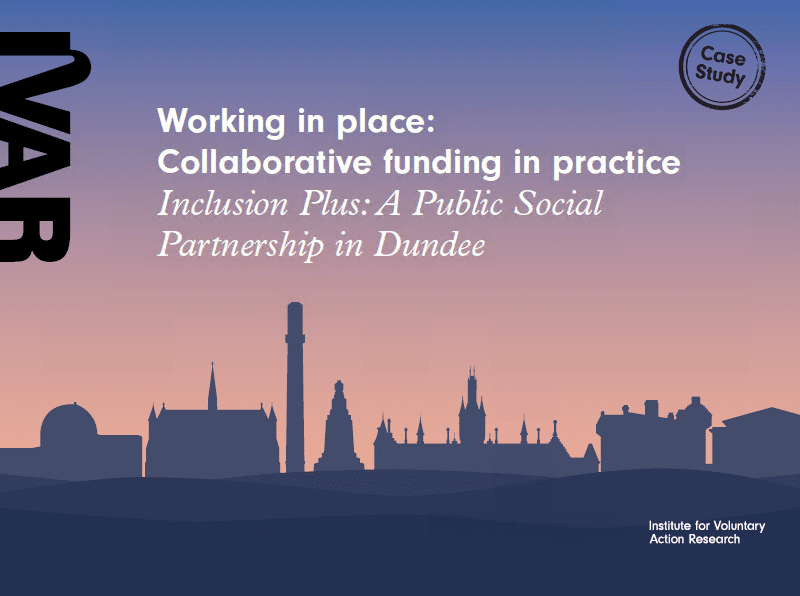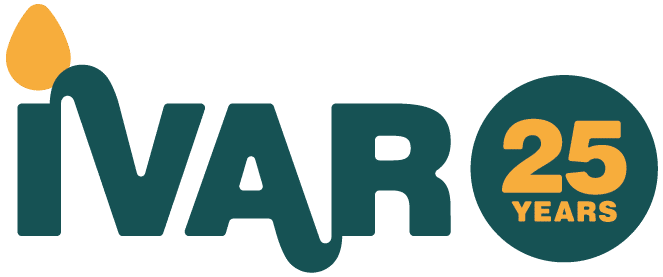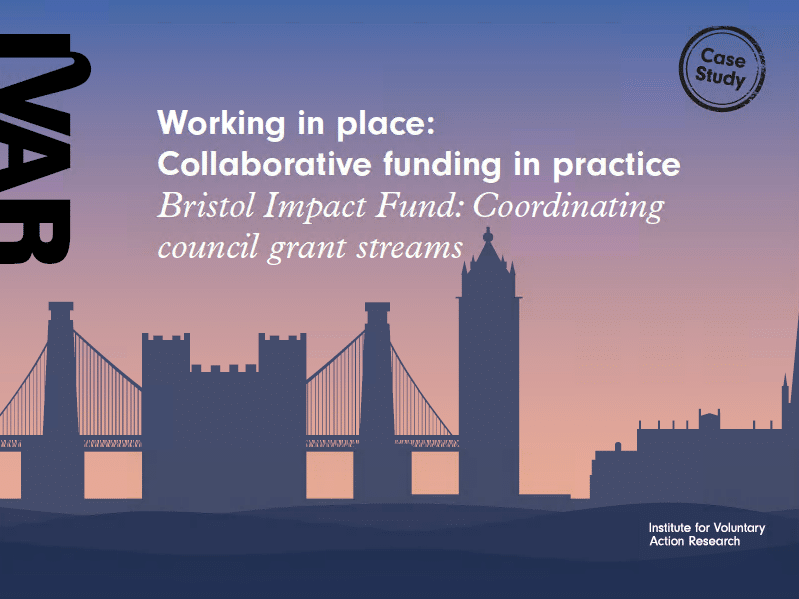
Place-based funding
Helping funders to understand the why, what and how of place-based funding.
Introduction
The ‘working in place’ framework supports funders with the planning and implementation of place-based approaches.
What is it?
The framework is simply a way of organising a conversation when planning or reviewing place-based work. It can: help to bring to the surface assumptions and different opinions when working with multiple partners; provide a structure or checklist for use when planning an approach or reflecting on progress; support the sharing of thinking and improving transparency.
Who is it for?
It will be most useful for staff and trustees of trusts and foundations who have responsibility for making strategic decisions about funding approaches or who are leading the delivery of a place-based programme.
Working in place framework
Perspectives on collaborative funding in place
Trust and Foundations
Arrive gently. Engage patiently. Stay a while. We’ve learned that spending time listening first, building trust, and making a commitment for the long term are approaches that help place-based collaborations succeed.
Corra Foundation
Building strong, trusting relationships at all levels has been the most important element to enable partners to have robust, challenging conversations without falling out. At the strategic level, to ensure any intervention is embedded within wider systems and has the best chance of being sustained in the longer term. At operational level, so that the intervention is understood, welcomed and supported to ensure it has the best chance of success.
The Robertson Trust
Public Sector
In our experience, the key planks to a successful collaboration are honesty, openness and a willingness to be courageous and flexible to get to the right outcome.
We were very transparent about what we were aiming for in terms of headline outcomes and what our parameters were. And we took our time. Building the trusting relationships, the thinking, the testing and the process were not swift things – we worked on this together for nearly two years from the initial idea to the allocation of funding through the new approach. That enabled us all to build a strong funding prospectus and the confidence in all parties, including politicians, to withstand the inevitable ripples when the change began to be implemented.
Bristol City Council
Voluntary Sector
The pathways approach is designed to improve outcomes for people with complex needs. It recognises that this multiplicity of need is often compounded by the complexity of the system within which support services operate. Sitting within the system, York Pathways aims to be a catalyst for system change. One of the critical, facilitative elements for this when developing the service, was the formation of a Strategic Board prior to the service becoming operational. This enabled strategic partners to begin the process of thinking systemically and problem solving collectively from a place-based perspective.
Together UK
The power of place-based, face-to-face grant-making
Tudor
Tudor was one of many funders involved in the response to the Grenfell Tower fire.
Case studies
-
 Publication
PublicationInclusion Plus: A Public Social Partnership in Dundee
Read more: Inclusion Plus: A Public Social Partnership in DundeeThis case study is one of five exploring how independent charitable funders and local,…
-
 Publication
PublicationWorking in Place: Collaborative funding in practice
Read more: Working in Place: Collaborative funding in practiceResponding to recent shifts in policy and the economy, some public and independent funders…

